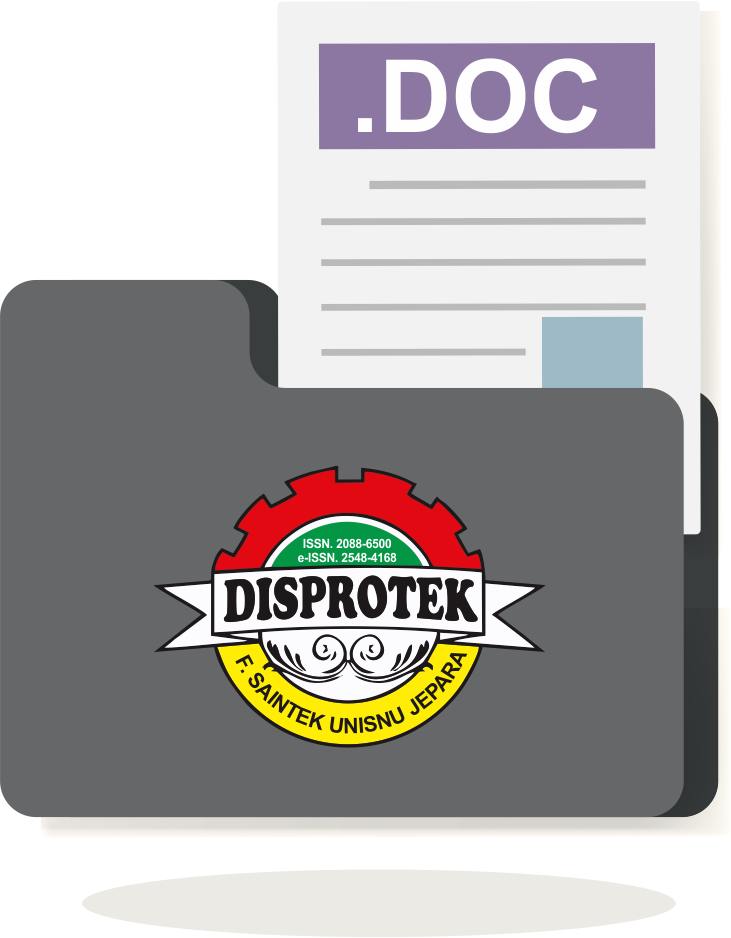COMPARISON OF C4.5 ALGORITHM WITH THE NAVE BAYES CLASSIFIER ALGORITHM FOR CLASSIFICATION OF NUTRITIONAL STATUS OF TOODLER
Abstract
So far, Body Mass Index (BMI) is used as a measuring tool to assess a person's nutritional status. If there are two who have the same weight and height, they may have different nutritional status. Anthropometric measuring tools play a very important role in determining the nutritional status. The anthropometric guidelines for determining nutritional status are the parameters chosen and recommended, which include an assessment of age, weight, body length or height. On the other hand, technological developments are currently increasing and giving a great influence in almost every sector of life and the state. The process of globalization that occurs in every country in the world today also supports the development and use of technology. The need for information will increase along with the development of technology. Several methods are used to process large data to find the patterns contained in them, including the C4.5 Algorithm and the Naïve Bayes Classification Algorithm which are algorithms from the decision tree method and Bayes theorem. The C4.5 and NBC algorithms will be used for the classification of the nutritional status of children under five, which will be classified into five classes, namely normal, fat, very fat, thin, or very thin.
Full Text:
PDFDOI: https://doi.org/10.34001/jdpt.v13i1.3044
Article Metrics

This work is licensed under a Creative Commons Attribution-ShareAlike 4.0 International License.
Disprotek Indexed by:
DISPROTEK: Journal of Informatics Engineering, Information Systems, Electrical Engineering, Industrial Engineering, Civil Engineering, and Aquaculture is licensed under a Creative Commons Attribution-ShareAlike 4.0 International License.

_001.png)




















